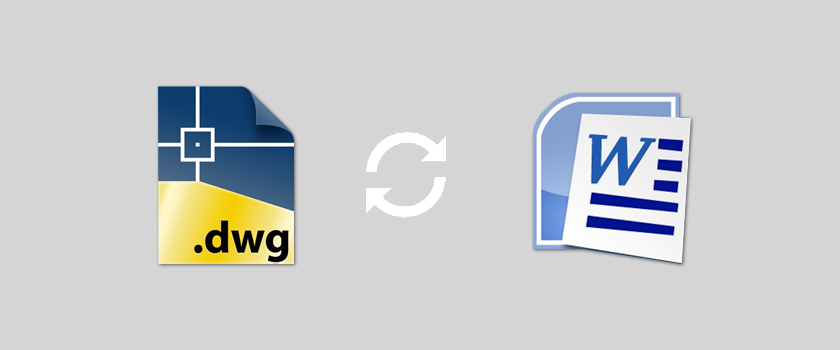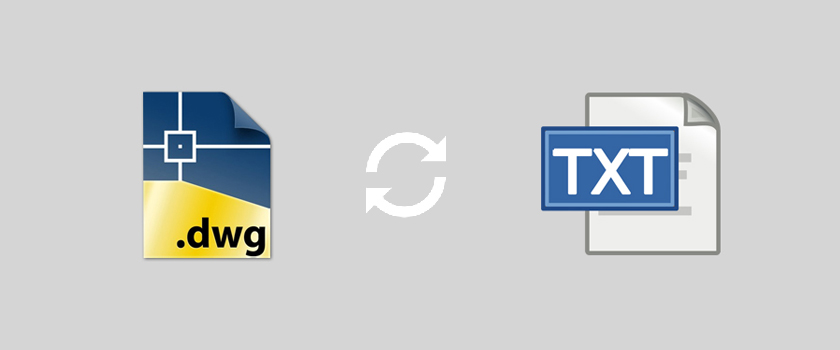By: Rizwan Ghafoor Posted on Mon, 09-08-2021

In this age of digitalization, many global companies and the companies that are emerging on the global landscape are using software to increase the efficiency of their operations. What is the software? They contain data, programs, and a set of instructions to execute different tasks. For instance, many companies use different software like HR software, Sales software, and many more to keep consistency in the operations of the business no matter where they operate. For example, if the head office of your company is in China and a subsidiary in the USA and you are using HR software then you must translate your software.
After translation, comes localization and then comes internationalization. People often get confused among all these. Translation is done by machines or translators; they translate the software from one language to another keeping the same essence. Localization is a step ahead of translation. It is a type of translation while keeping regional and cultural nuances in view. The technical aspect of software translation and localization is called Internationalization.
Do you want to know what software internationalization is? It relates to the design and development of the software so that it can be localized according to regional and cultural differences. It is done by a software developer. Software internationalization works under the head of localization and includes technical aspects in it. It involves the usage of codes that must change to provide information in different languages.
Whether it is software translation, localization, or internationalization, it all involves different steps. Let’s have a look at the steps involved in software internationalization.
For the coding of a user interface of the software, you must form placeholders so that you can hold the text in the translation files. They help you in searching the translation files for the translation in the specific language. For example, applying for leaves in Hr software, apply now in your leaves button, code present in a placeholder will display the word apply now in the required language. It usually depends upon your system and is performed in Unicode. Moreover, it makes sure that strings work independently without relying on the string values of the code. Some technologies help you in separating the languages but in many, you must do it manually. For this, you must add features in your software like language identifiers and help for bidirectional and vertical languages. Moreover, the languages that move from right to left such as Arabic or Hebrew, and other language requirements like punctuation or accents.
Organize your software application by separating the files of each language. To develop the code for localization, you must compile all the information in an application and store it outside the code. Despite hard coding the text in a software application, you must separate the files of different languages. In this way, you can easily export and import the languages without disturbing the codes. To keep the formats of the file clean, organize the strings in a group so that translation can be done systematically. Give a name to each string. In this way, you can easily understand the text that you want to refer to like the CTA button or headline. After that, you can easily upload your files to the translation management system.
Software internationalization is a tedious task. Therefore, to make this process easy, you must consider the localization process from the start of the development process of software. First, identify the market that you want to target then start the process of internationalization.
This is a specific tool for internationalization. Therefore each developer should include it in a toolbox. This tool provides great assistance in the localization process. Command-Line Interface helps to create projects and download files. With this tool, you don’t have to use the mouse, again and again, instead, you can make a single command that will run all the operations. For instance, with a single command, you can download the files of English, Chinese, and Spanish in a specific format.
It is a tool of its kind that sends automatic notifications from one application to another. Therefore, you can use this tool to export translation files from one app to another. Moreover, you can get intimation when translation files are downloaded so that you can process the resource files so that the translation process starts automatically.
The use of API is in great demand. It is a very important tool in a way that it makes your software know all other activities which are being conducted with translation. For instance, API can help to accommodate translation files and keeps the backup of the projects. Moreover, it helps in downloading the data from the software in a semi-automatic or automatic mode. API makes the localization process easy.
In-context editing tools give the translators the idea that where and how translated content will be accommodated. This tool is especially used in iterations and taking approvals in wide teams. In this way, you can easily know how the translated content is accommodated in the new interface. By understanding the translation process, you can easily localize and internationalize the software. Moreover, you can check the translation impact on software development and design.
One of the important tools for software Internationalization is pseudo localization. It helps you in understanding the spaces that languages can take like vertical space, contraction, and expansion of the content. The best part of this tool is that it provides all this information before translation. It optimizes the user interface for the target language and eliminates the challenges of different codes.
Do you want your software to be localized for any language and any local market in a cost-effective manner? Do opt for software internationalization.

dwg: It means a drawing file save format created by AutoCAD, and now has been the standard format of 2D
Read More
Mars Translation can help you extract the texts in a DWG file and convert them into a Word file so
Read More
dwg: It means a drawing file save format created by AutoCAD, and now has been the standard format of 2D
Read More
dwg: It means a drawing file save format created by AutoCAD, and now has been the standard format of 2D
Read More
AutoCAD blocks A block is an object that combines one or more single entity object. Operated as an individual complete object,
Read More
What is a file formate A file format is a standard way that information is encoded for storage in a computer
Read More
Software 1. AutoCAD 2015 - English 2. PDF virtual printer, such as Adobe Acrobat, PDF factory, or CutePDF. Step-by-Step 1. Open the CAD file,
Read More
Plot style table is used to control the color, line width and other effects. In the layer manager, every layer
Read More
The following layers can't be deleted: 1. Layer 0 and Layer Defpoints that are default layers. 2. The current active layer. To
Read More


Document Translation
Professional document translation by native expertsApp Localization
Get more downloads by adapting your app for different target marketsVideo Translation
Multilingual translation and subtitling servicesWebsite Localization
Adapt your website into multiple contexts for global reachSoftware Localization
Adapt your software for global usersGame Localization
Reach new players with localized gameplayMTPE
Refine AI translations for natural fluencyBusiness Translation
Professional translation for business documents and websitesDTP & File Conversion
Professional DTP and File conversion, supporting multiple file formatsProofreading
Perfect your content with expert review© Copyright 2026 MarsTranslation